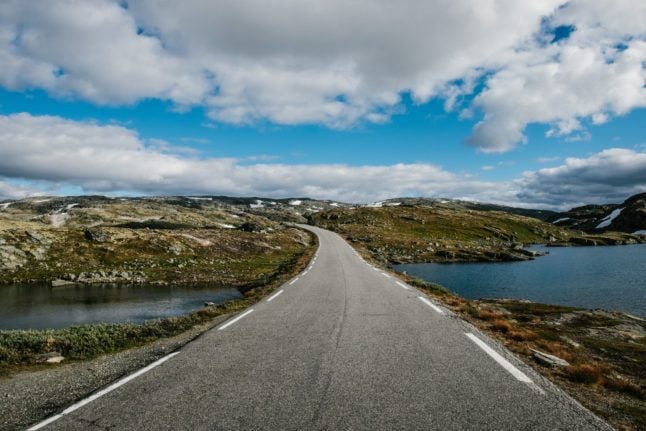There are more than 300 toll stations in Norway where charges are levied for travelling on certain roads and bridges and through tunnels.
Road tolling in Norway dates back to the late eighties and early nineties when Oslo, Bergen and Trondheim introduced toll rings to finance infrastructure and decrease congestion.
Fast forward to today, and you’ll need to pay a toll to travel into, or to and from, most of Norway’s cities and large towns. Today there are toll rings surrounding Oslo, Kristiansand, Stavanger, Haugesund, Bergen, Askøy, Bodø, Harstad, Grenland, Førde and Trondheim.
The Norwegian Public Roads Administration (Statens Vegvesen) has a map to help you plan your route and figure out how many toll roads you’ll use.
Regardless of where the driver or car is from, you’ll be required to pay tolls when travelling through Norway.
How does the AutoPASS system work?
Luckily, you won’t constantly be pulling into toll booths to pay charges, as all levies are charged automatically via the AutoPASS system, which the Norwegian Public Roads Administration operates.
All toll operators in the country are a part of the AutoPASS system.
To pay with AutoPASS, you will need to order a payment tag from several providers. You can click for a list of providers here.
Typically, you’ll need to pay a 200 kroner deposit to receive a toll tag. Once your contract with a provider ends, you’ll get the money back.
Paying with AutoPass
Once you’ve selected a provider and registered, you will be sent a tag, which you attach to the inside of your windscreen, near the top.
When you’ve got a toll tag, you will receive an invoice automatically when you pass through a toll station.
You will receive a 20 percent discount on tolls compared to not having a tag installed, and depending on your agreement, you may receive further discounts and benefits. Typically though, greener cars will be cheaper.
Every time you pass through a toll, you’ll receive an invoice. However, most providers put all the tolls incurred on a trip, during a day, or another time period into one invoice, rather than you having to pay many individual bills.
What happens if I don’t have a tag?
If you don’t have a tag, tolls will still be automatic. However, toll stations will instead read your number plate rather than the tag. As a result, you will be sent the invoice to your address instead. One big downside is that you will not receive the 20 percent discount. If you live in Norway, this cost can add significantly over the course of a year if you drive regularly.



 Please whitelist us to continue reading.
Please whitelist us to continue reading.
Member comments